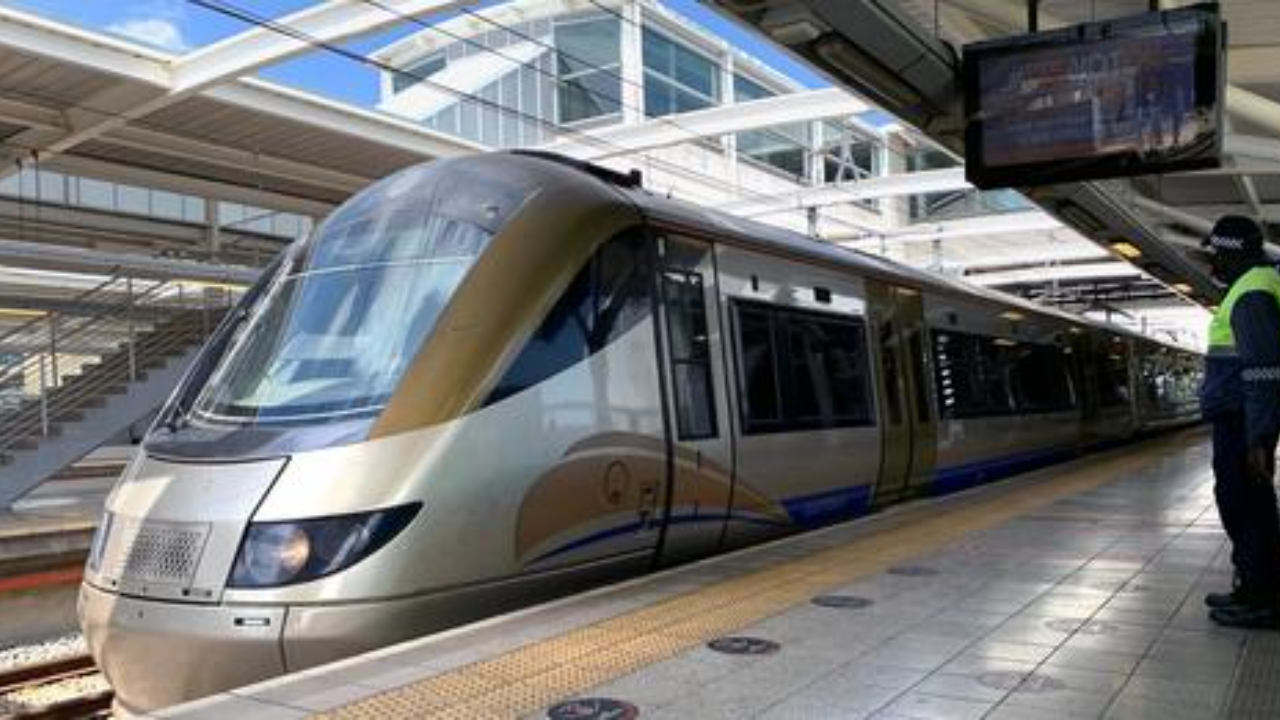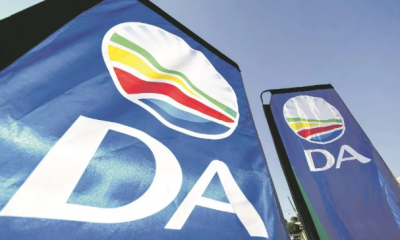News
Gautrain vs Driving: Cost-Effective Choice

Using an analysis of Gautrain prices and fuel costs, it is evident that commuters travelling between Pretoria and Johannesburg for work may find using their own car is generally cheaper than opting for the Gautrain. However, there are some important considerations to keep in mind as reported by MyBroadBand.
The analysis focused on three popular passenger vehicles in South Africa: the Volkswagen Polo, Toyota Corolla Cross hybrid, and BMW 320d, chosen for their fuel efficiency as petrol, hybrid, and diesel models, respectively.
Also Read: Home Affairs Menlyn Encounters Significant Number of Uncollected IDs
Despite the convenience of avoiding traffic during peak commuting periods, the primary benefit of the Gautrain is not price but rather its time-saving attributes. To accurately assess the cost difference, the selected cars’ fuel costs were calculated from popular residential areas in the City of Tshwane (Hatfield, Menlyn, and Centurion) to prime office locations in the City of Joburg (Sandton and Rosebank).
While the Gautrain offers a pay-as-you-go option, long-term packages, including weekly and monthly products, are more cost-effective for regular commuters. The latter provides 22 return train trips (44 in total) between two of the Gautrain’s nine stations.
After considering various scenarios and routes, the analysis revealed that regardless of the situation, using the Gautrain was more expensive than driving. For instance, the cheapest Gautrain option — off-peak using only buses — costs approximately R3,133 for the shortest route from Centurion to Sandton station. Comparatively, the most expensive fuel costs for driving were around R2,969 when using the BMW 320d between Hatfield and Rosebank, a longer route.
It’s essential to note that individual experiences may differ based on home and work addresses. The benefit of the Gautrain is significantly reduced for commuters living far from stations, as the fuel expenses incurred in driving to the departing location or the time taken via buses may outweigh the convenience.
While the analysis did not account for fuel costs related to driving to and from the parkade or e-toll charges, it did not include potential wear and tear on the cars. The latest Travel Logbook guide by SARS allows up to R1.06 maintenance cost per kilometre driven, significantly increasing the overall cost of driving compared to using the Gautrain in the long run.
The table provided below outlines the fuel costs for various round trips between Pretoria and Johannesburg, utilising the Volkswagen Polo, Toyota Corolla Cross, and BMW 320d:
| Refuelling costs for popular cars between Pretoria and Johannesburg | ||||
| Route | Two-way distance | BMW 320d | Toyota Corolla Cross hybrid | Volkswagen Polo 1.2 TSI |
| Centurion <-> Sandton | 1944.8km | R2,216.39 | R1,878.24 | R2,052.97 |
| Centurion <-> Rosebank | 1,931.6km | R2,201.35 | R1,865.50 | R2,039.04 |
| Hatfield <-> Sandton | 2,402.4km | R2,737.90 | R2,320.19 | R2,536.02 |
| Hatfield <-> Rosebank | 2,604.8km | R2,968.56 | R2,515.66 | R2,749.68 |
| Menlyn <-> Sandton | 2,059.2km | R2,346.77 | R1,988.73 | R2,173.73 |
| Menlyn<-> Rosebank | 2,138.4km | R2,437.03 | R2,065.22 | R2,257.34 |
Also Read:
Follow us on Google News
Photo: Facebook / @MyBroadband






















